What if the buildings of tomorrow weren’t made from fresh concrete, glass, or steel — but from yesterday’s trash? Imagine walking into a home built with recycled plastics, or working in an office made from reclaimed wood, bricks, and even industrial waste. Far from being futuristic fiction, this is the exciting reality of Waste Architecture — a growing movement that transforms discarded materials into innovative, sustainable, and often breathtaking architectural designs. At a time when the construction industry is responsible for nearly 40% of global carbon emissions, architects around the world are rethinking how buildings are made. Waste architecture doesn’t just recycle — it redefines design by proving that trash can be a foundation for greener cities. What Is Waste Architecture? Waste architecture is the practice of designing and constructing buildings using recycled, upcycled, or waste materials. The approach aims to reduce environmental damage, cut down construction waste, and create a circular economy in architecture. This movement is not just about using waste materials out of necessity — it’s about rethinking beauty and value. It asks: Can a discarded bottle, a demolished wall, or an old shipping container have a second life as part of a building? Why Waste Architecture Matters The urgency behind waste architecture comes from staggering statistics: By integrating waste into building design, architects can: Iconic Examples of Waste Architecture Around the world, architects and designers are experimenting with trash and transforming it into treasure. Here are some famous examples: 1. The Bottle School Project, Guatemala Thousands …
Waste Architecture: Turning Trash into Tomorrow’s Buildings
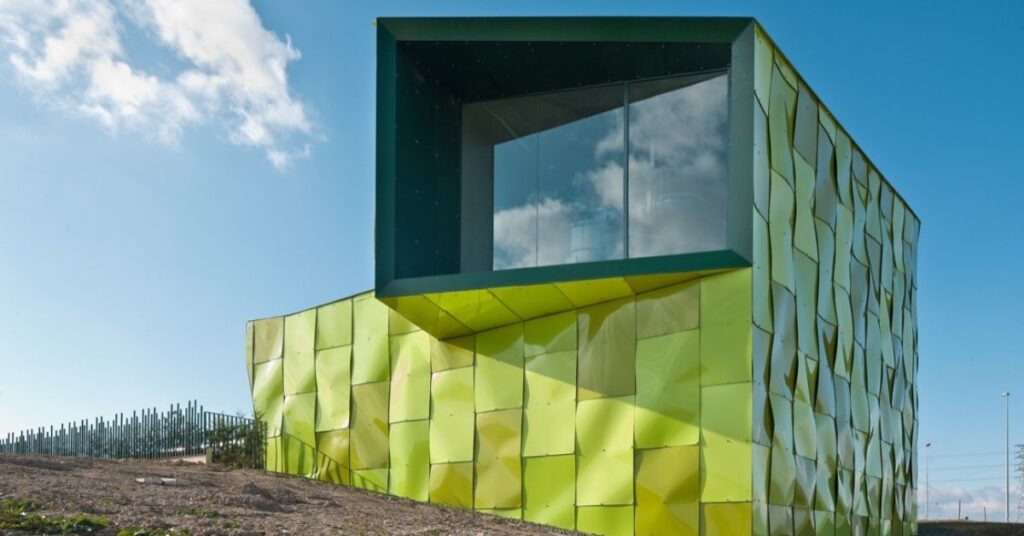
What if the buildings of tomorrow weren’t made from fresh concrete, glass, or steel — but from yesterday’s trash? Imagine walking into a home built with recycled plastics, or working in an office made from reclaimed wood, bricks, and even industrial waste. Far from being futuristic fiction, this is the exciting reality of Waste Architecture — a growing movement that transforms discarded materials into innovative, sustainable, and often breathtaking architectural designs.
At a time when the construction industry is responsible for nearly 40% of global carbon emissions, architects around the world are rethinking how buildings are made. Waste architecture doesn’t just recycle — it redefines design by proving that trash can be a foundation for greener cities.
What Is Waste Architecture?
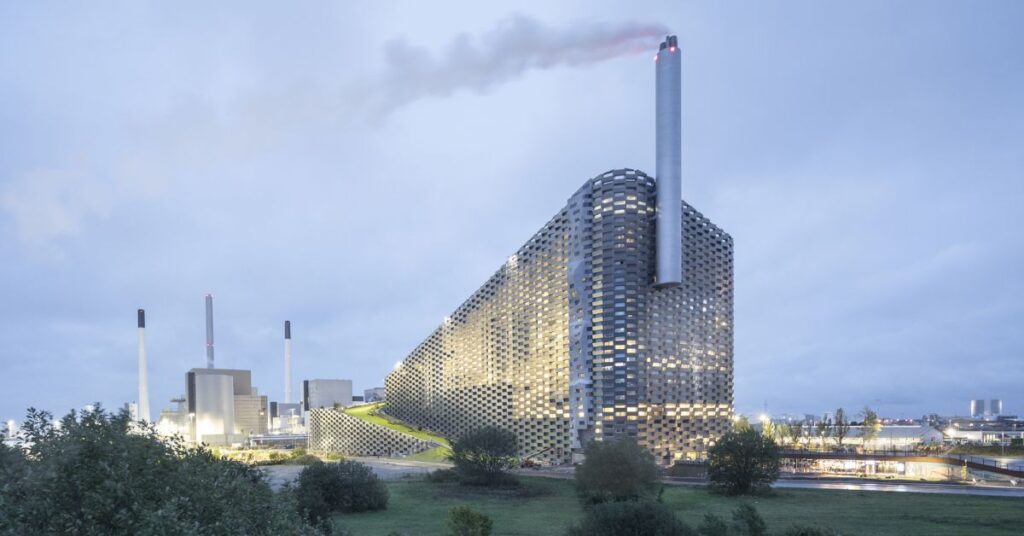
Waste architecture is the practice of designing and constructing buildings using recycled, upcycled, or waste materials. The approach aims to reduce environmental damage, cut down construction waste, and create a circular economy in architecture.
This movement is not just about using waste materials out of necessity — it’s about rethinking beauty and value. It asks: Can a discarded bottle, a demolished wall, or an old shipping container have a second life as part of a building?
Why Waste Architecture Matters
The urgency behind waste architecture comes from staggering statistics:
- Construction and demolition generate over 2 billion tons of waste globally each year.
- Much of this waste ends up in landfills or oceans, polluting ecosystems.
- Extracting new resources like sand, stone, and timber is putting pressure on the planet’s limited reserves.
By integrating waste into building design, architects can:
- Reduce landfill waste.
- Lower carbon footprints of construction.
- Cut building costs with reused materials.
- Promote a culture of sustainability in cities.
Iconic Examples of Waste Architecture
Around the world, architects and designers are experimenting with trash and transforming it into treasure. Here are some famous examples:
1. The Bottle School Project, Guatemala
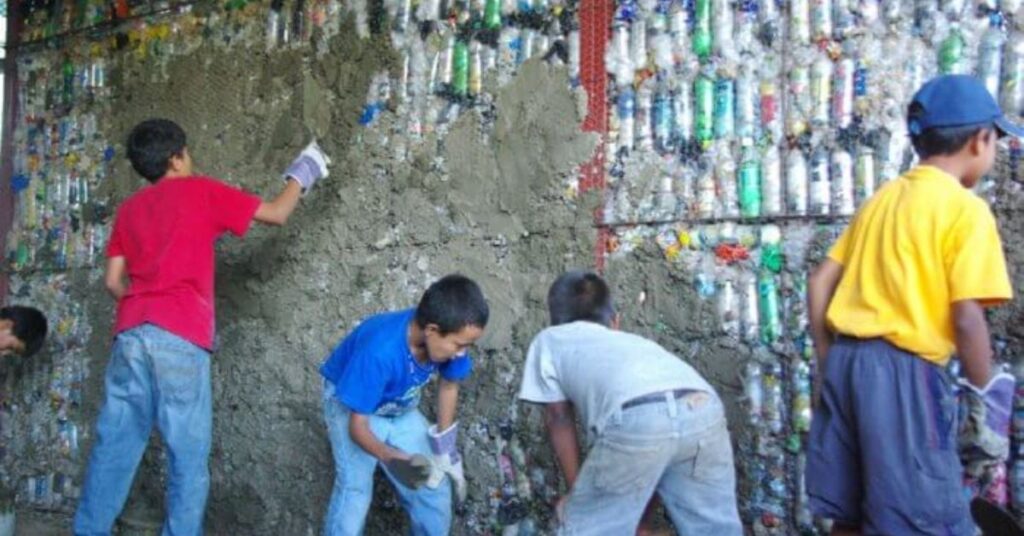
Thousands of discarded plastic bottles are filled with sand or trash to create eco-bricks. These are then stacked into walls, turning communities’ waste into classrooms and schools.
2. Earthships, New Mexico (USA)
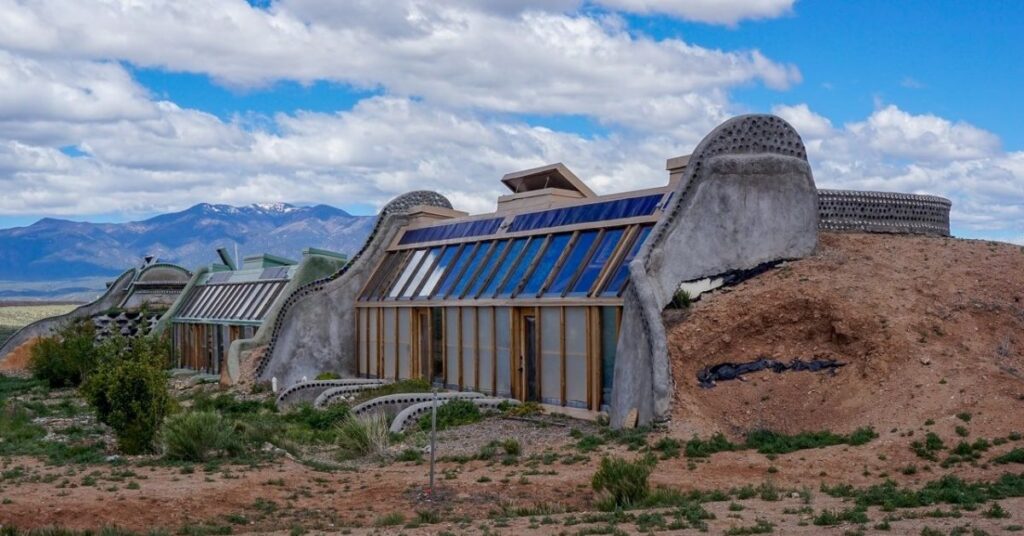
Created by architect Michael Reynolds, Earthships are off-grid homes made from old tires, bottles, and cans. Not only do they recycle waste, but they also produce their own energy and collect water, making them a model for sustainable living.
3. Waste House, Brighton (UK)

This experimental building, created by the University of Brighton, is made entirely from construction and domestic waste — including toothbrushes, old DVDs, and carpet tiles. It proves that what we throw away can still serve as durable building material.
4. Can City, São Paulo (Brazil)

Designers transformed recycled aluminum cans into functional, stylish furniture and urban installations, redefining how waste can support city infrastructure.
Materials Used in Waste Architecture
Waste architecture thrives on creativity. Here are some of the most common waste materials repurposed in construction:
- Plastics → Turned into eco-bricks, panels, or insulation.
- Glass → Crushed into aggregates for concrete or decorative facades.
- Wood → Reclaimed from demolished buildings for flooring and furniture.
- Metal → Recycled steel and aluminum for frameworks and cladding.
- Rubber (like tires) → Used in walls, playground flooring, or road surfaces.
- Shipping containers → Repurposed into offices, homes, and even hotels.
What’s fascinating is how these materials don’t just replace traditional ones — they often add unique aesthetics and tell stories of transformation.
The Challenges of Waste Architecture
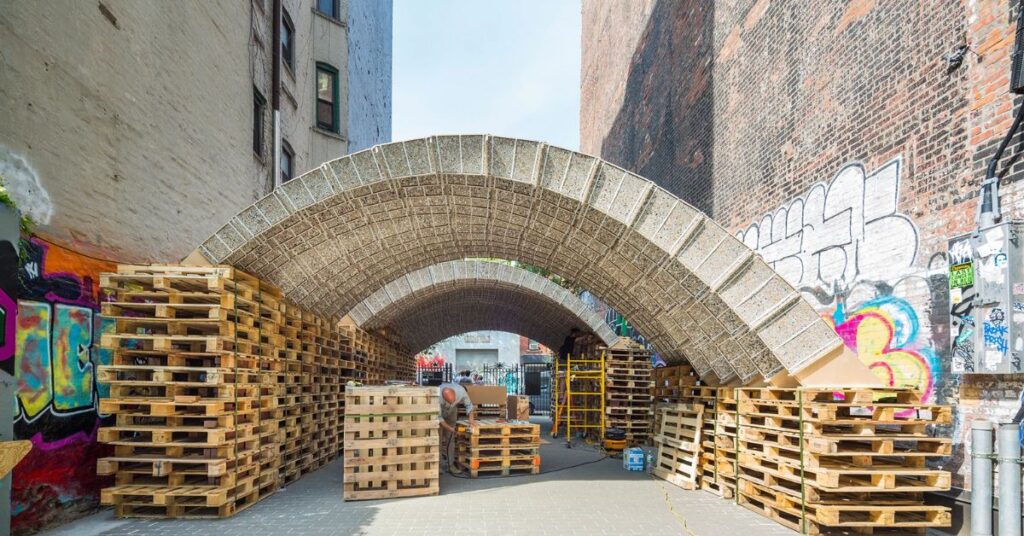
As inspiring as it sounds, waste architecture isn’t without hurdles:
- Durability Concerns – Not all waste materials are weatherproof or strong enough for long-term structures.
- Building Regulations – Many construction codes don’t yet account for unconventional materials.
- Public Perception – Some still associate “waste” with being dirty or unsafe.
- Scaling Up – While small projects succeed, mainstream adoption in large cities is still slow.
Overcoming these challenges requires more research, policy changes, and a cultural shift toward accepting reused materials as valuable resources, not trash.
Benefits That Outweigh the Challenges
Despite the barriers, the advantages of waste architecture make it too important to ignore:
- Eco-Friendly: Reduces reliance on virgin resources.
- Cost-Effective: Lowers material expenses for construction.
- Innovative Aesthetics: Gives buildings distinctive character.
- Social Impact: Empowers communities to repurpose their own waste for housing.
In fact, many architects argue that waste architecture doesn’t just solve an environmental problem — it inspires a new design language where creativity meets sustainability.
The Future of Waste Architecture
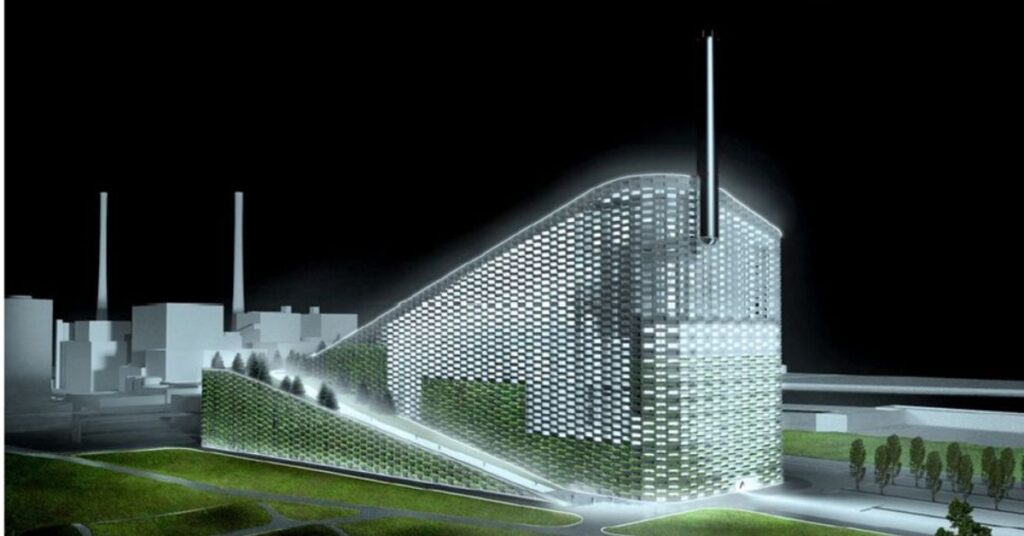
Looking ahead, waste architecture could become a mainstream solution in sustainable design. Innovations like 3D printing with recycled plastics, modular waste-based housing, and bio-materials made from agricultural waste are already pushing the boundaries of what’s possible.
Cities around the world are also adopting zero-waste policies that encourage construction companies to recycle demolition debris instead of dumping it.
In the near future, it might not be unusual to see skyscrapers partly built from recycled glass, reclaimed steel, and upcycled composites. What was once considered trash will soon be the cornerstone of modern cities.
How You Can Support Waste Architecture
Even if you’re not an architect, you can still be part of the waste architecture movement:
- Choose furniture or décor made from recycled materials.
- Support construction projects or NGOs focused on eco-friendly housing.
- Advocate for stricter recycling and waste management policies.
- Spread awareness about the importance of circular design.
Small actions today add up to a future where waste is no longer a problem, but a resource.
Final Thoughts
Waste architecture proves that beauty and strength don’t always come from new materials — sometimes they’re hidden in what we throw away. From schools in Guatemala built with plastic bottles to futuristic Earthships in New Mexico, architects are showing us that tomorrow’s cities can rise from yesterday’s trash.
As climate change and waste pollution continue to challenge the world, waste architecture is more than a trend — it’s a necessity. It teaches us a powerful lesson: trash is not the end of a story, but the beginning of a new one.


